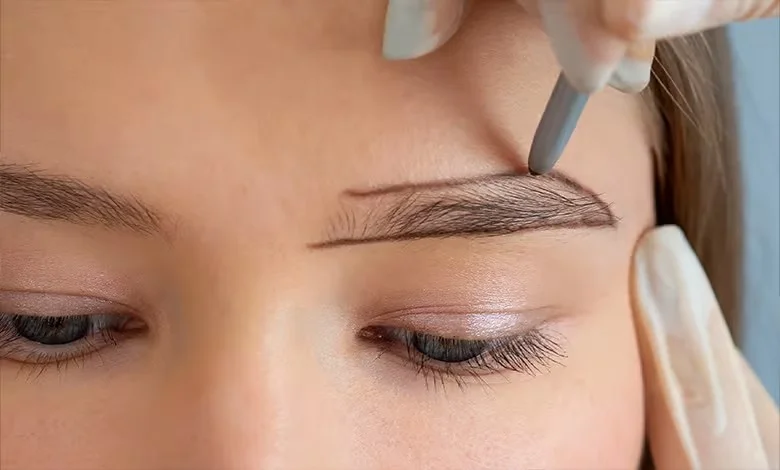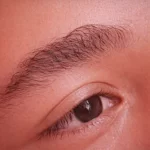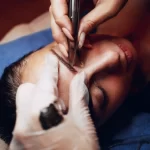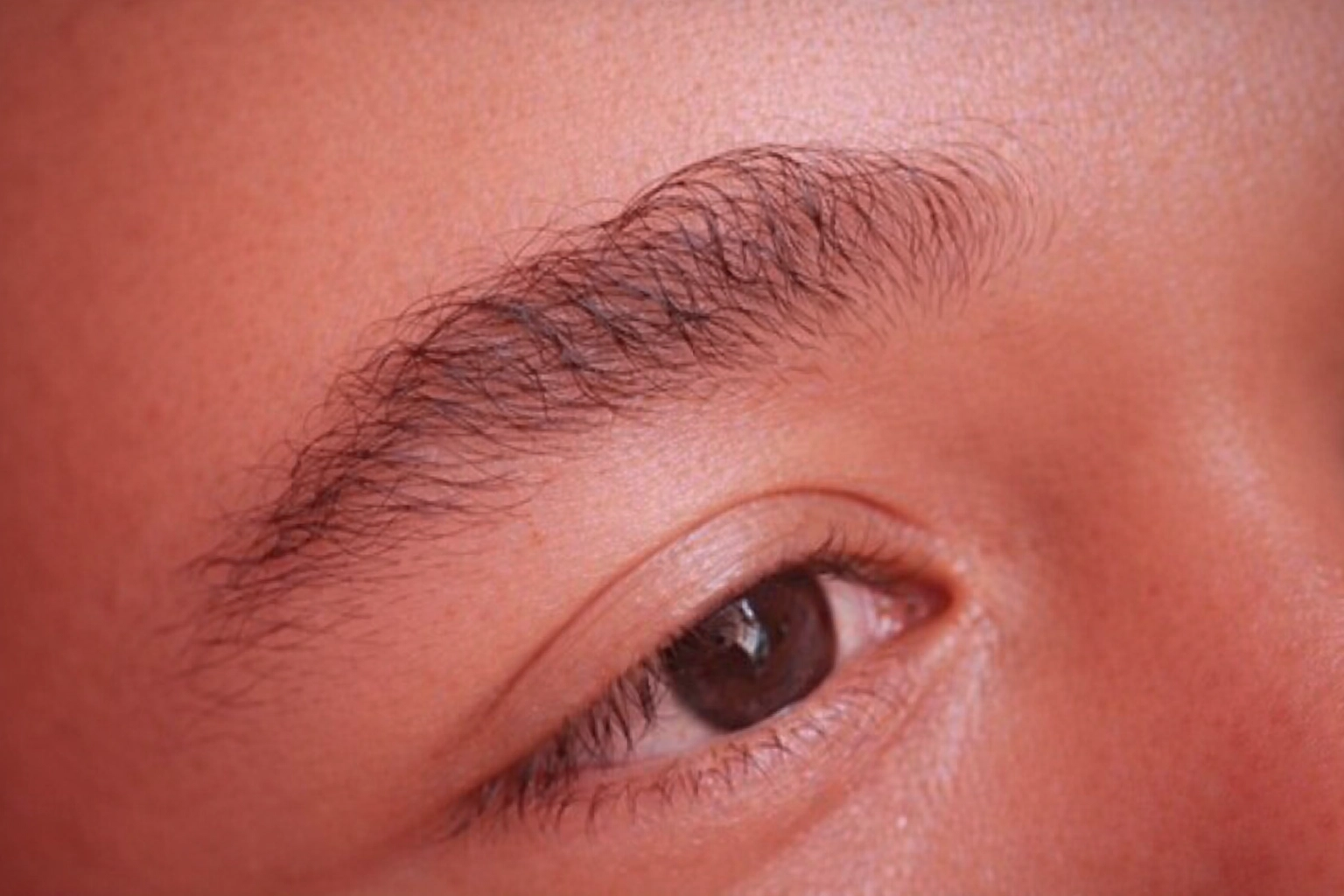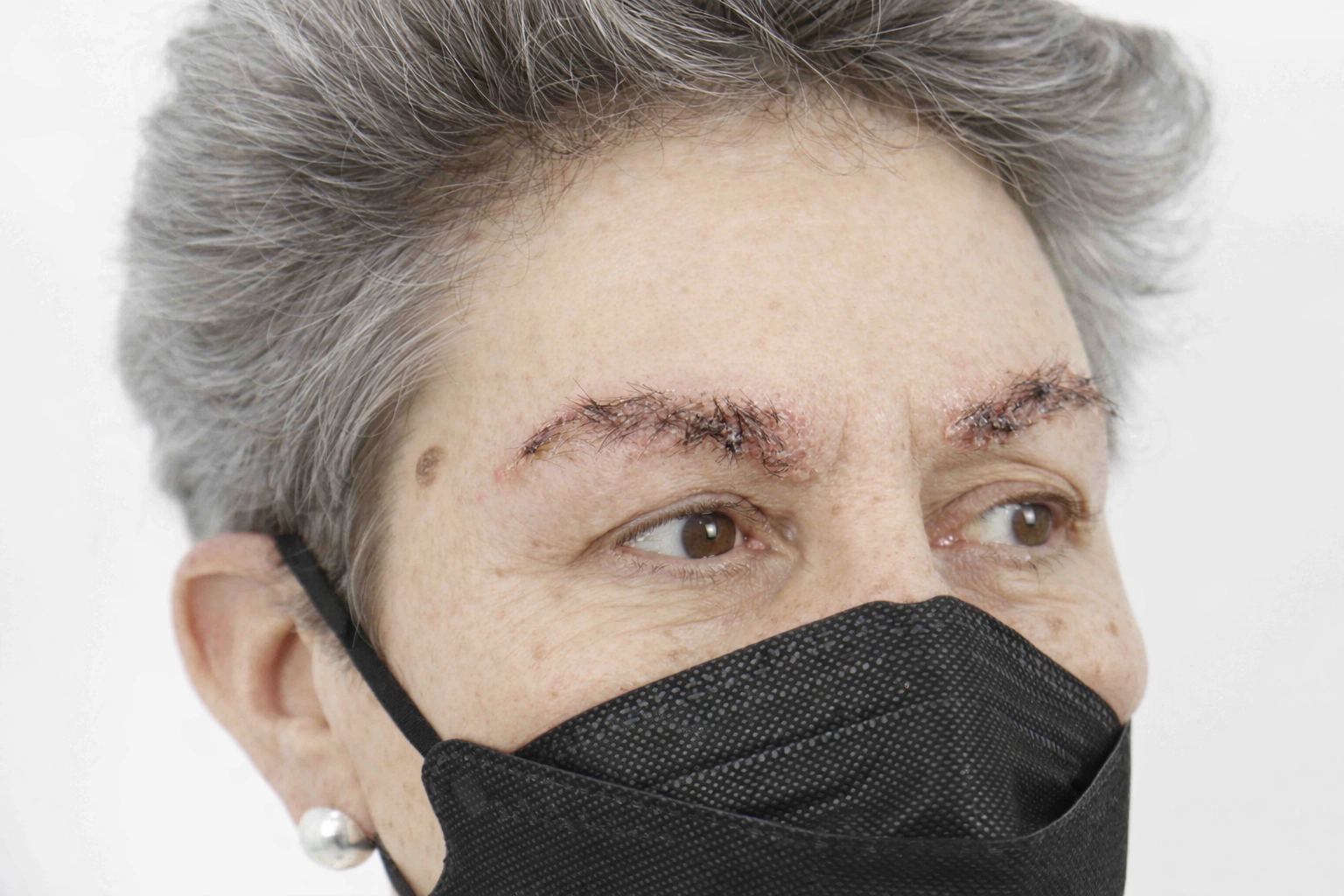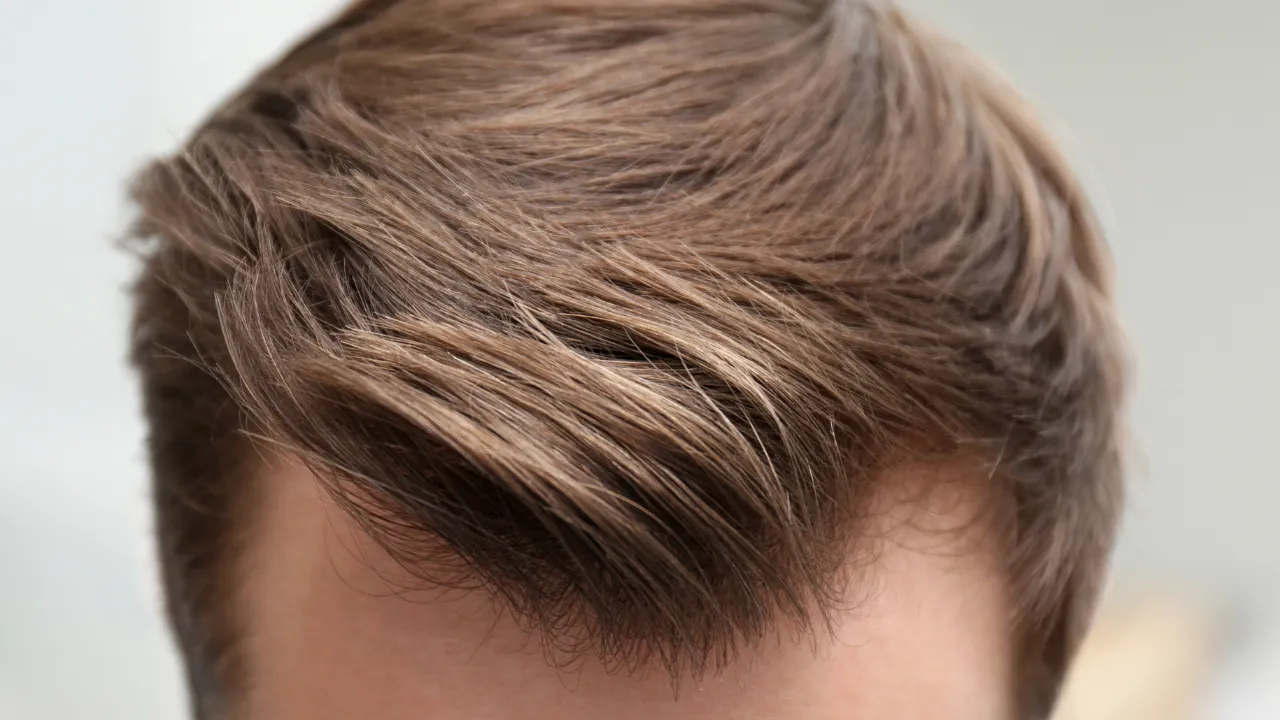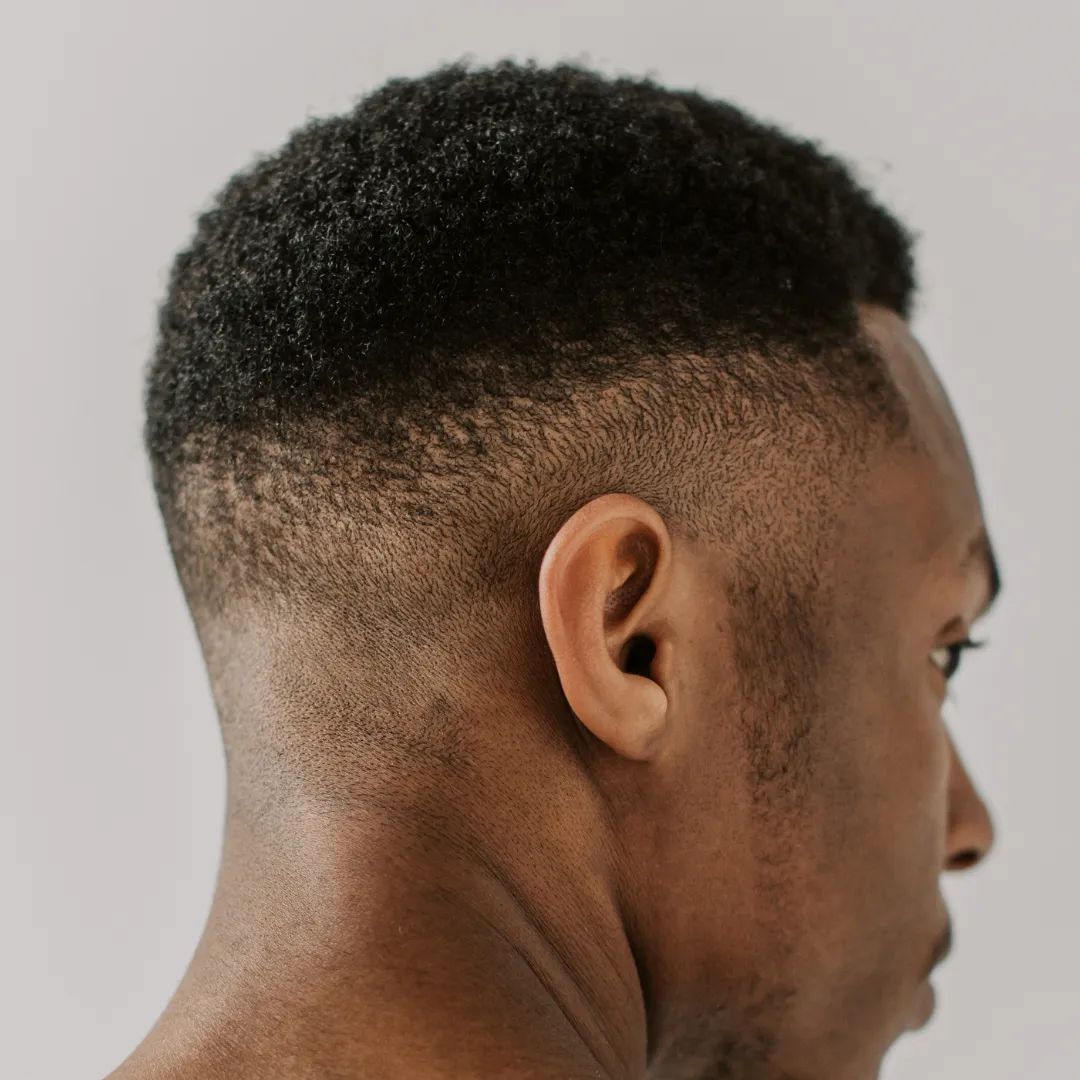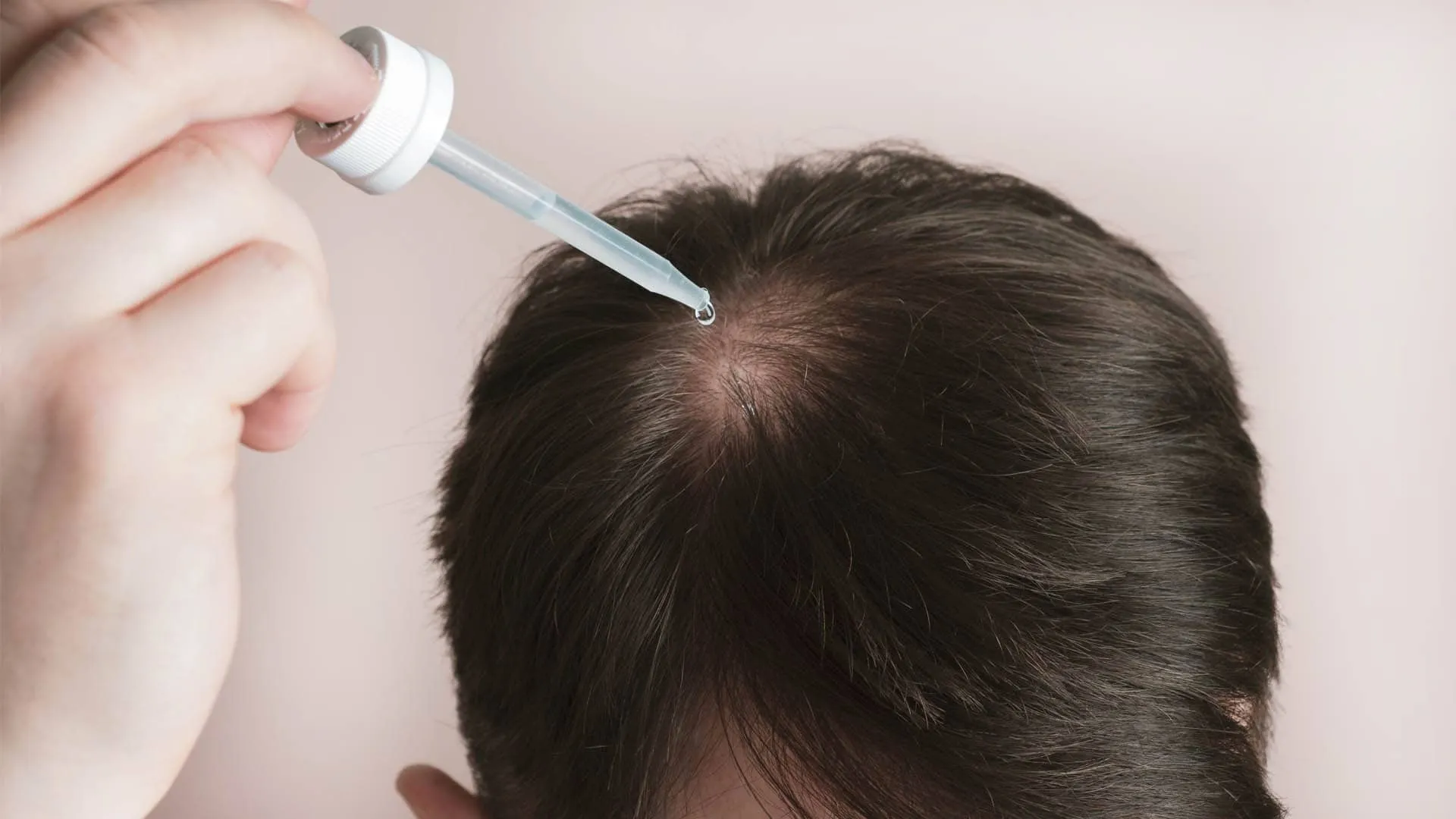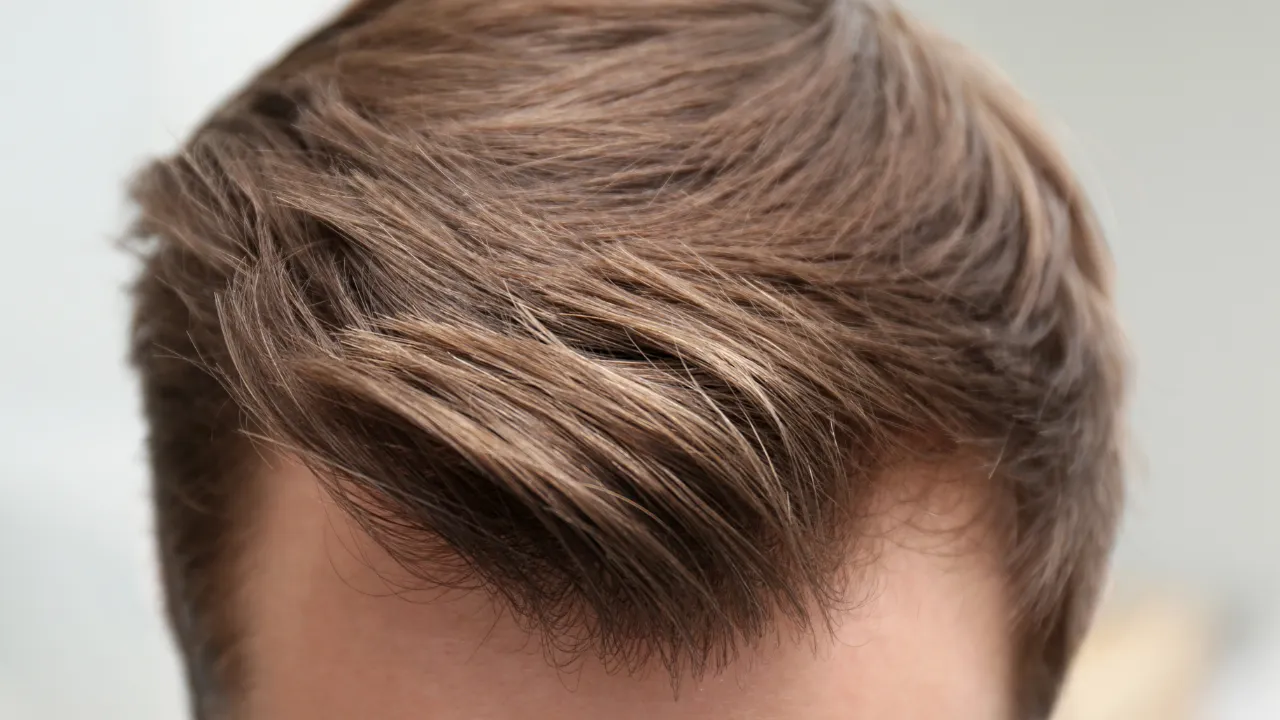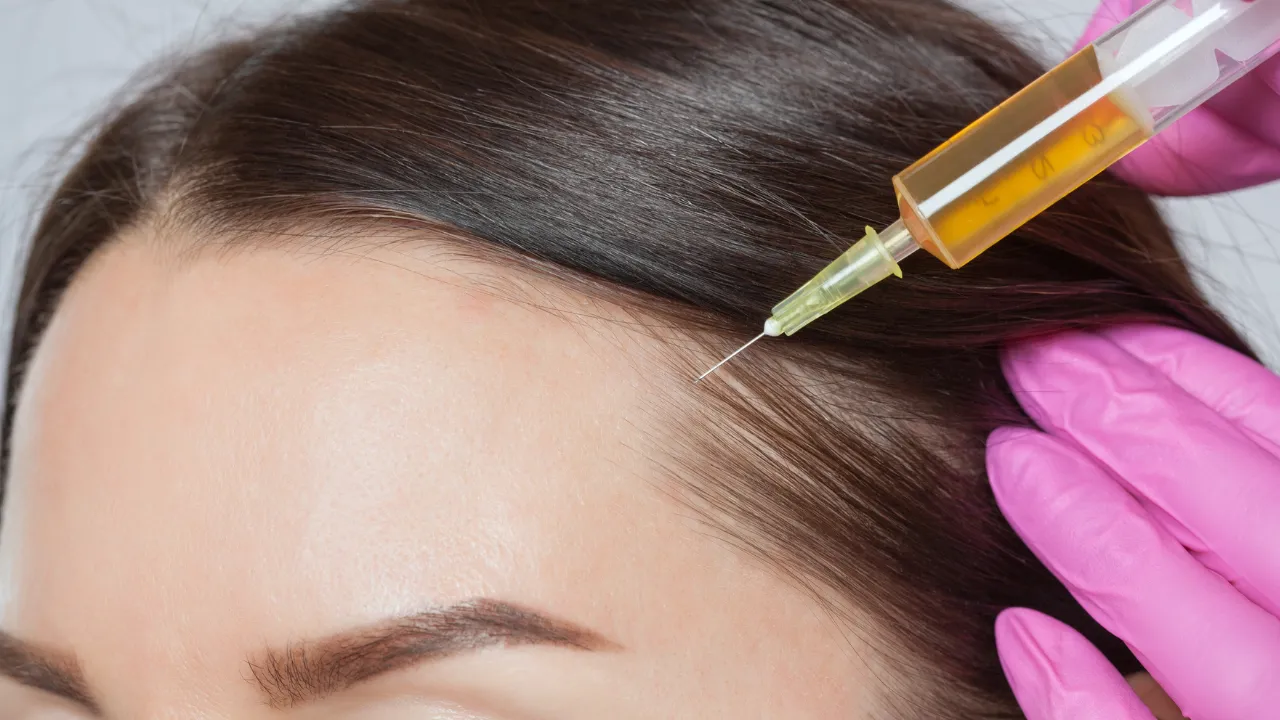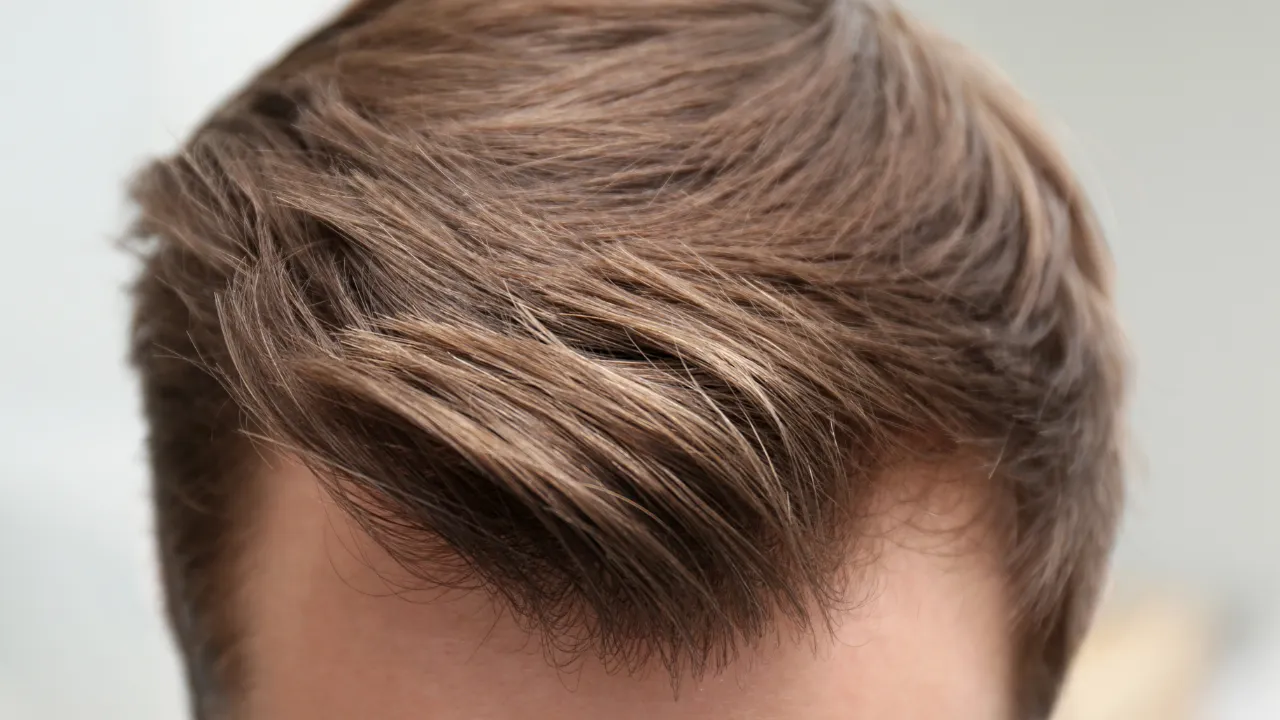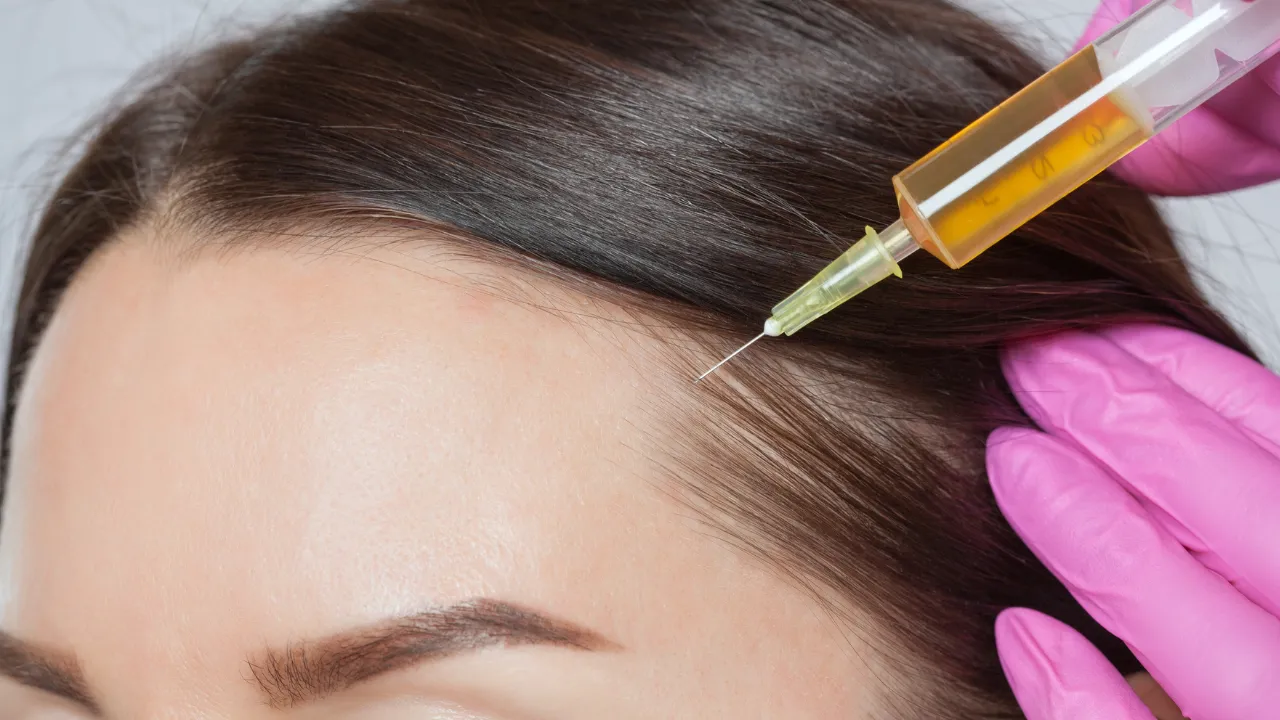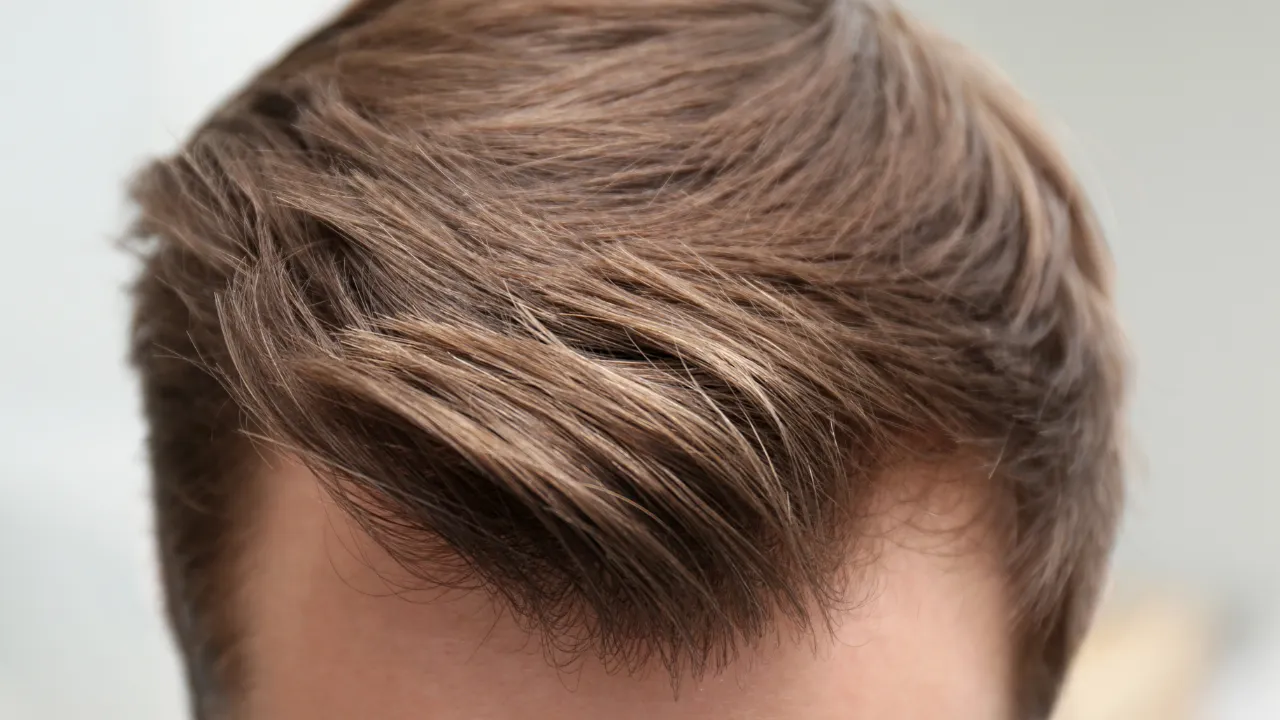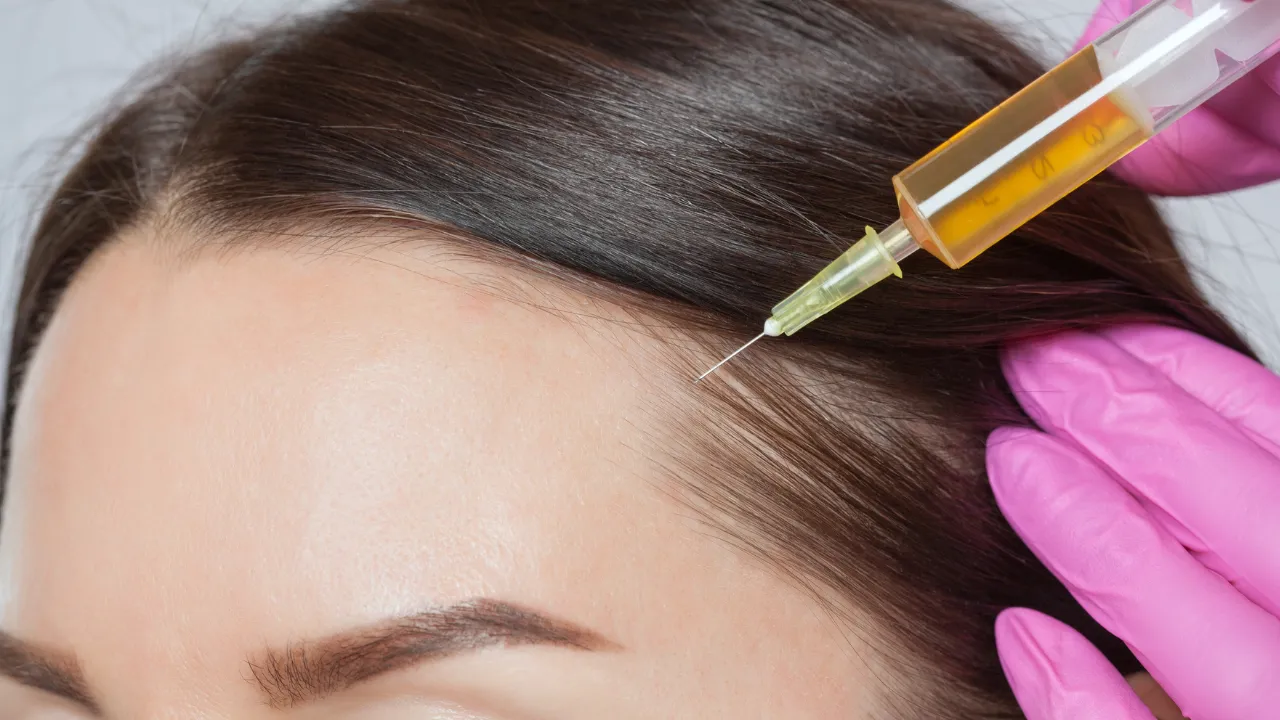Hair transplant procedures have evolved significantly over the years. However, African American hair presents unique challenges that require specialized knowledge and techniques. The curly and coiled nature of black hair, combined with a higher risk of keloid scarring, necessitates a tailored approach. As an African American hair transplant specialist, I emphasize the importance of choosing a surgeon experienced in working with black hair. Selecting an experienced surgeon ensures the procedure is customized to the unique needs of African American hair, resulting in more natural-looking outcomes. This personalized approach is essential for achieving optimal results and patient satisfaction.
Why a Hair Transplant is Different for Black Hair
The unique structure of African American hair follicles means that traditional hair transplant techniques may not always be effective. African American hair is typically curly or coiled, which affects the angle and direction of hair growth. This complexity requires meticulous planning and execution to ensure natural-looking results. Additionally, African American skin is more prone to keloid scarring, making post-operative care and technique selection critical. Understanding these nuances allows surgeons to employ specialized techniques that cater to the distinctive characteristics of black hair, ultimately enhancing the success rate and aesthetic appeal of the transplant.
Hair Transplant Techniques Suitable for African American Hair
- Follicular Unit Extraction (FUE):
- Description: FUE involves extracting individual hair follicles from the donor area and implanting them into the balding or thinning areas. This method is less invasive and leaves minimal scarring, making it an excellent option for African American patients.
- Benefits: This technique minimizes scarring, which is particularly important for African American patients who are prone to keloid formation. The precision of FUE also allows for a more natural appearance, as the hair follicles are implanted following the natural growth pattern of the patient’s hair.
- Considerations: The curly nature of the hair requires specialized tools and skills to ensure the follicles are correctly extracted and implanted. Surgeons must be adept at handling the unique curvature of African American hair to avoid damaging the follicles during the extraction process.
- Follicular Unit Transplantation (FUT):
- Description: FUT involves removing a strip of scalp from the donor area, dissecting it into individual follicular units, and then implanting them. This method can yield a high number of grafts in a single session, which is beneficial for extensive hair loss.
- Benefits: FUT can yield a larger number of grafts in a single session, making it suitable for extensive hair loss. This method can be cost-effective and efficient, providing significant coverage in fewer sessions compared to other techniques.
- Considerations: The linear scar left by FUT can be more noticeable on darker skin, so proper closure techniques and post-op care are crucial. The surgeon must use advanced stitching techniques to minimize scarring and ensure a natural-looking hairline.
Choosing the Right African American Hair Transplant Specialist
Selecting a surgeon with extensive experience in African American hair transplants is vital. The best African American hair transplant specialist will have a portfolio of successful procedures demonstrating their ability to handle the unique challenges posed by black hair. When choosing a surgeon, consider the following:
- Experience and Credentials: Look for a surgeon with a proven track record in performing hair transplants on African American patients. A surgeon’s experience with diverse hair types and textures is crucial for achieving the best results.
- Before and After Photos: Review before and after photos of previous patients to assess the quality of their work. This visual evidence provides insight into the surgeon’s ability to create natural-looking results that meet your aesthetic goals.
- Patient Reviews: Read reviews and testimonials from other African American patients to gauge their satisfaction with the surgeon’s work. Positive feedback and high ratings from past patients are indicators of a surgeon’s skill and professionalism.
- Consultation: Schedule a consultation to discuss your goals, ask questions, and get a sense of the surgeon’s expertise and approach. A thorough consultation allows you to understand the procedure, set realistic expectations, and build trust with your surgeon.
Hair Transplant for Black Males
Hair loss can be particularly distressing for black males, as it often impacts self-esteem and confidence. For black males considering a hair transplant, it’s essential to understand the nuances of the procedure and the expected outcomes.
Key Considerations:
- Hairline Design: The hairline for black males should be designed to complement facial features and ethnic background. A natural-looking hairline enhances the overall aesthetic and boosts confidence.
- Donor Area: The back and sides of the scalp typically serve as the donor area. These areas should have sufficient density to provide the needed grafts. Ensuring a healthy donor area is crucial for achieving satisfactory results.
- Post-Op Care: Proper post-operative care is crucial to prevent scarring and ensure optimal healing. Following the surgeon’s aftercare instructions meticulously helps in achieving the best possible outcome and reduces the risk of complications.
Hair Transplant for Black Females
While hair loss is often associated with men, many black females also experience significant hair thinning and loss. For black females, hair transplant procedures must account for factors such as hair styling practices and potential traction alopecia from braids or weaves.
Key Considerations:
- Hair Density: Women generally seek to increase hair density rather than recreate a hairline. The goal is to achieve a fuller look that blends seamlessly with existing hair. Strategic placement of grafts ensures a natural and voluminous appearance.
- Traction Alopecia: Addressing areas affected by traction alopecia requires careful planning to ensure the new hair grows healthily. Surgeons must evaluate the scalp condition and design a treatment plan that promotes sustainable hair growth.
- Styling Flexibility: Ensuring that the transplanted hair can be styled naturally and blends seamlessly with existing hair is vital. The transplanted hair should allow for various styling options without compromising the integrity of the grafts.
Best Hair Loss Treatment for African American Female
Hair transplants are not the only solution for hair loss. Various treatments can complement or serve as alternatives to surgery, particularly for African American females.
- Minoxidil (Rogaine):
- Description: An over-the-counter topical treatment that stimulates hair growth. It is commonly used to treat female pattern baldness and other forms of hair thinning.
- Benefits: Effective for many women experiencing thinning hair. Regular application can help maintain and enhance hair density, promoting a healthier scalp environment.
- Considerations: Consistent use is required to maintain results. Discontinuing treatment can lead to a reversal of benefits, so long-term commitment is necessary for sustained improvement.
- Platelet-Rich Plasma (PRP) Therapy:
- Description: Involves injecting the patient’s platelet-rich plasma into the scalp to promote hair growth. PRP leverages the body’s natural healing properties to stimulate hair follicles.
- Benefits: PRP can improve hair density and thickness without surgery. It is a minimally invasive treatment that enhances hair health and growth.
- Considerations: Multiple sessions are typically needed for optimal results. The effectiveness of PRP therapy can vary based on individual factors such as age and the extent of hair loss.
- Natural Remedies:
- Description: Treatments like essential oils and herbal supplements. These remedies aim to support overall hair health through natural means.
- Benefits: Can be used to support hair health and growth. They are often less expensive and have fewer side effects compared to pharmaceutical treatments.
- Considerations: Effectiveness varies, and these should be used in conjunction with other treatments. Consulting with a healthcare provider is recommended to ensure safe and appropriate use.
Hair transplants can be a life-changing solution for African American individuals struggling with hair loss. The key to success lies in choosing the right specialist who understands the unique challenges of black hair. Whether you are a black male looking to restore your hairline or a black female seeking to enhance hair density, there are tailored solutions available. For the best outcomes, consult with an experienced African American hair transplant specialist who can guide you through the process and ensure your results look natural and beautiful. A knowledgeable surgeon will customize the procedure to your specific needs, ensuring you achieve the most natural and satisfying results.



